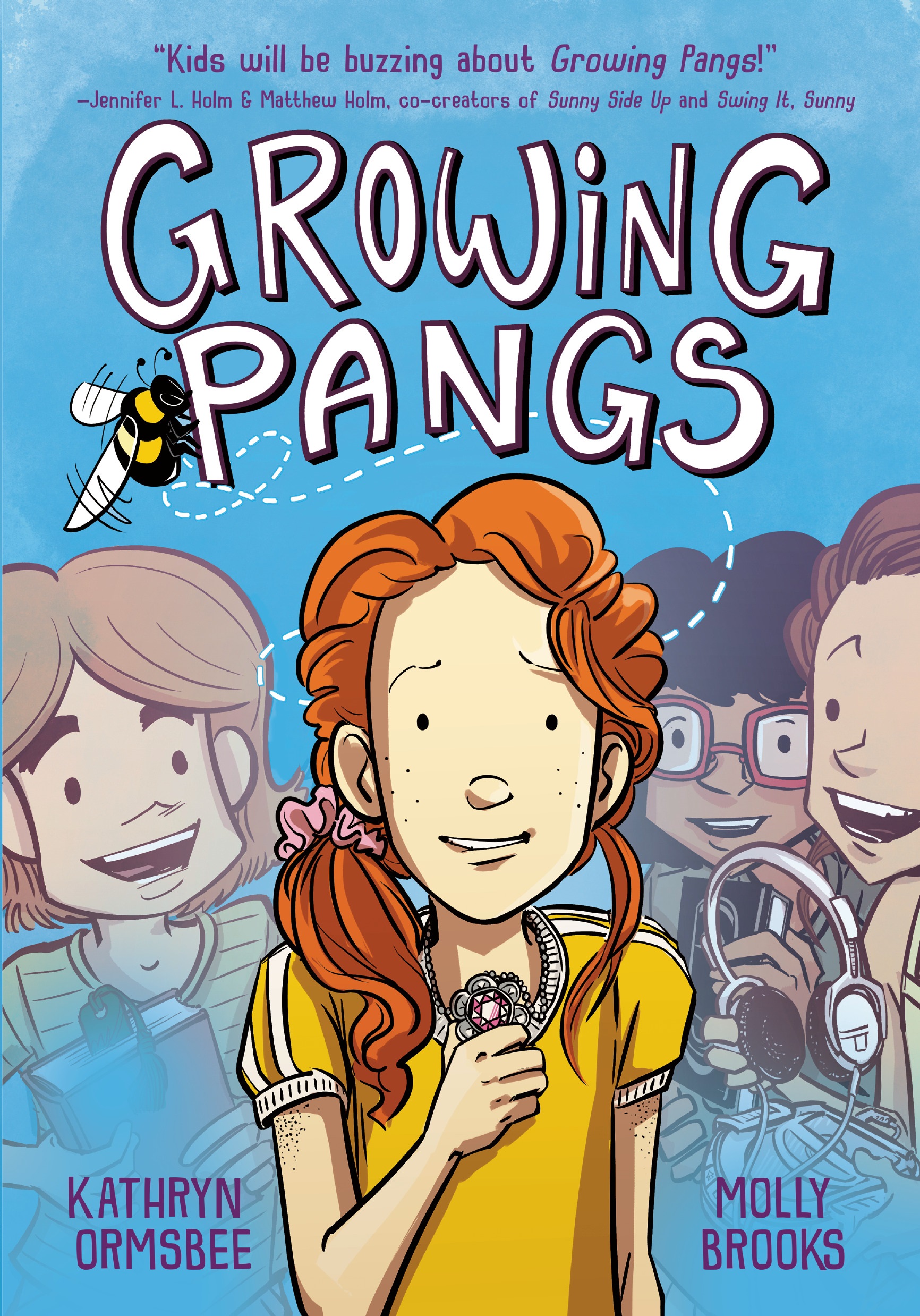
by Michele Kirichanskaya | Jun 15, 2022 | Blog
Kathryn (K.E.) Ormsbee is the author of several Middle Grade and Young Adult novels. She was born and raised in the Bluegrass State and now lives in Salem, Oregon. Visit her online @kathsby. Molly Brooks is the author and illustrator of the Sanity & Tallulah...
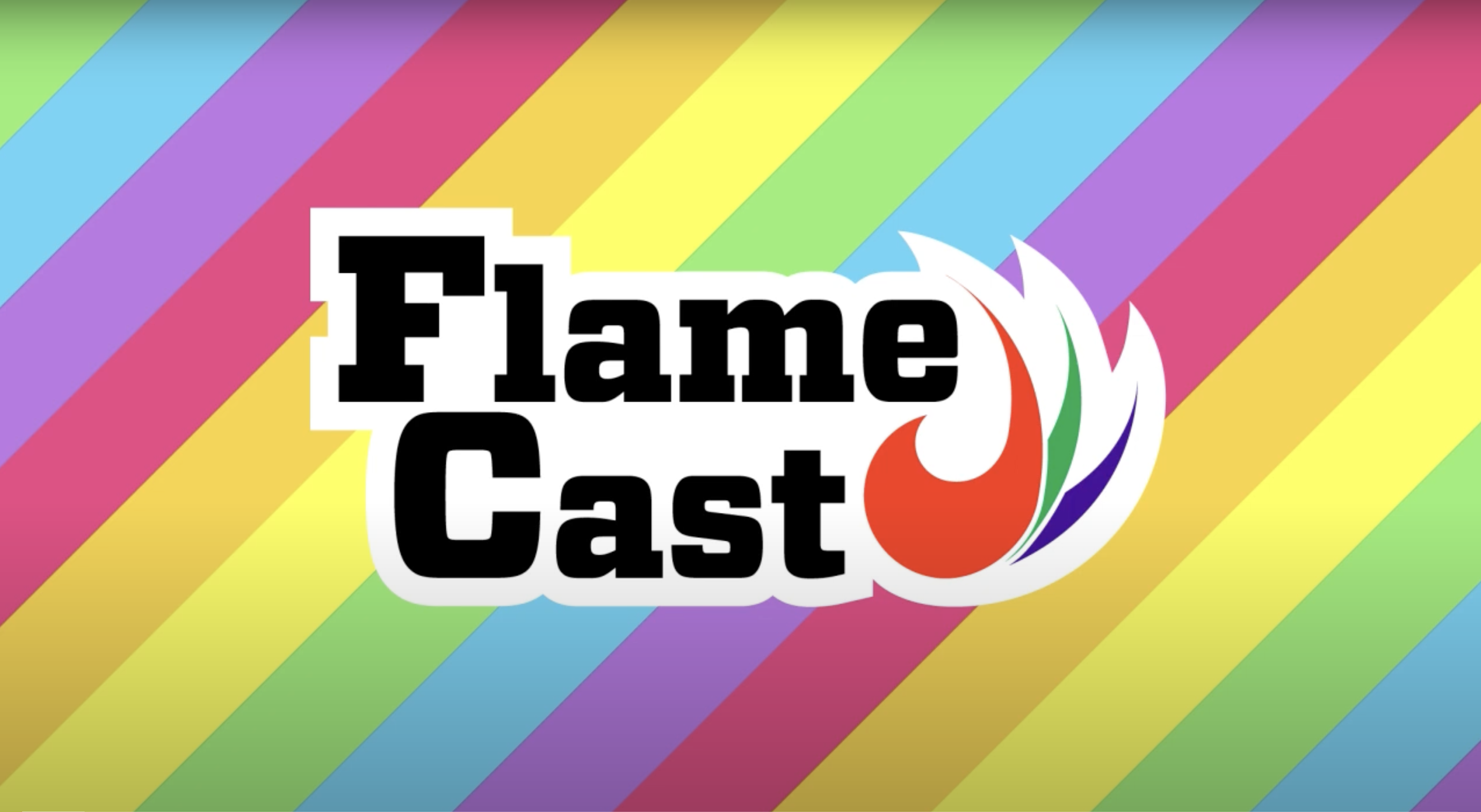
by Kevin Gilligan | Jun 14, 2022 | Blog
In a new episode of the Flame Cast, Kevin chats with Steenz the cartoonist, editor, and professor, about the importance of building up our community by providing opportunities for new artists/creators. They also talk about their inspirations, where and how they...
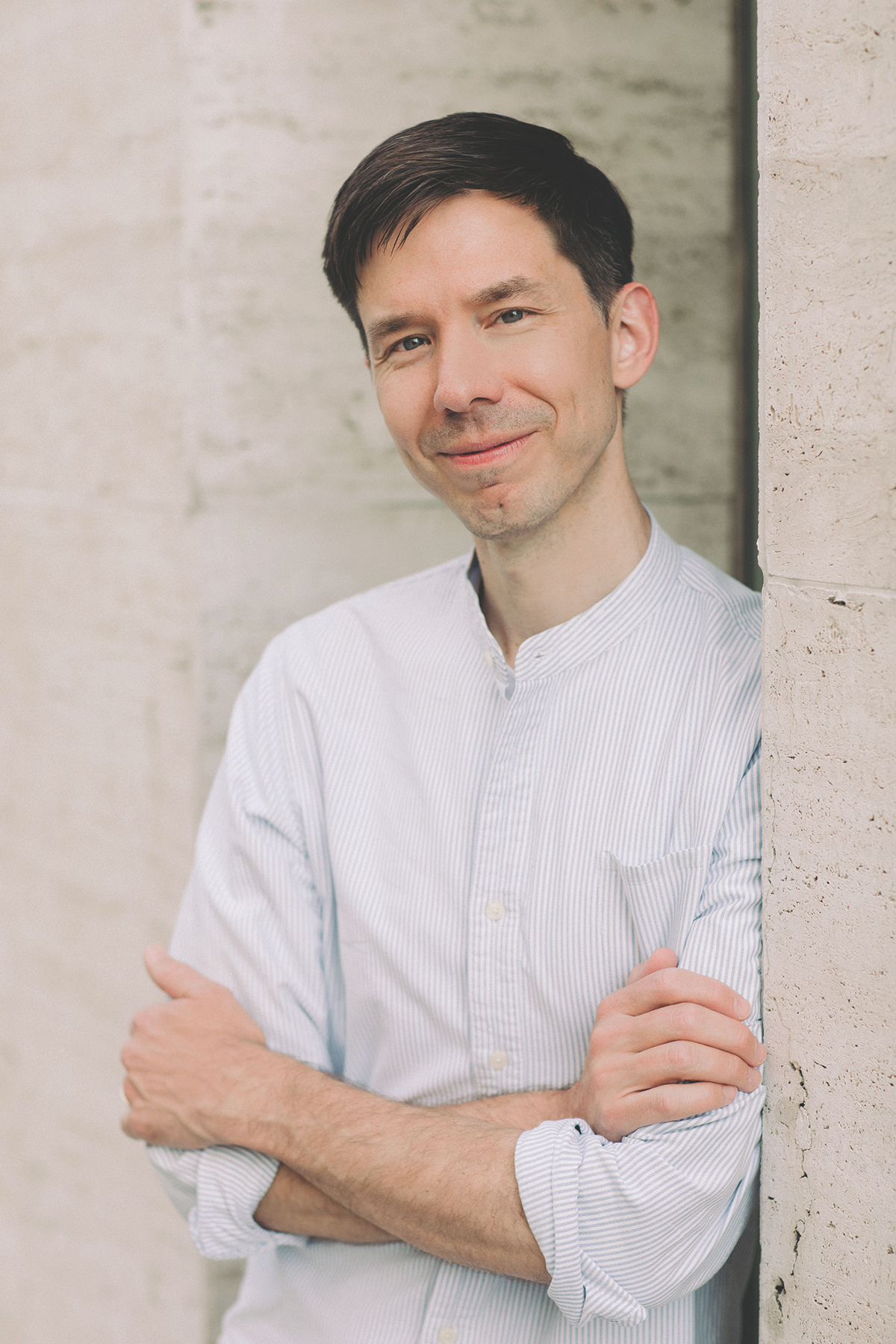
by Michele Kirichanskaya | Jun 10, 2022 | Blog
Brian D. Kennedy writes books for young adults. Born and raised in Minnesota, he now lives in New York City with his husband and their very photogenic dog. When he’s not writing, Brian can be found working at an LGBTQ non-profit. His slightly unhealthy obsessions...
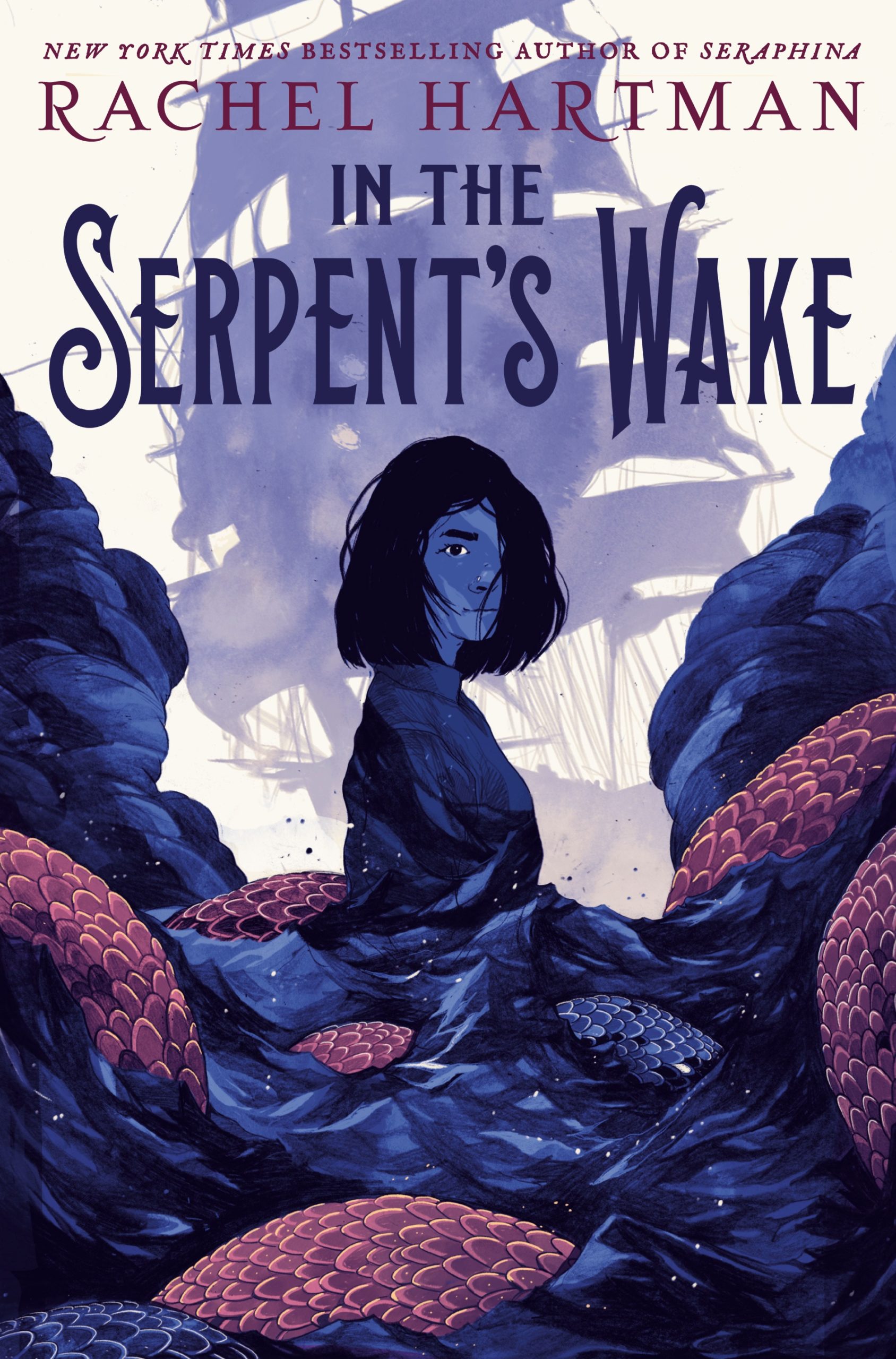
by Michele Kirichanskaya | Jun 8, 2022 | Blog
Rachel Hartman is the author of the acclaimed and New York Times bestselling YA fantasy novel Seraphina, which won the William C. Morris YA debut Award in 2013, and the New York Times bestselling sequel Shadow Scale and Tess of the Road. Rachel lives with her family...
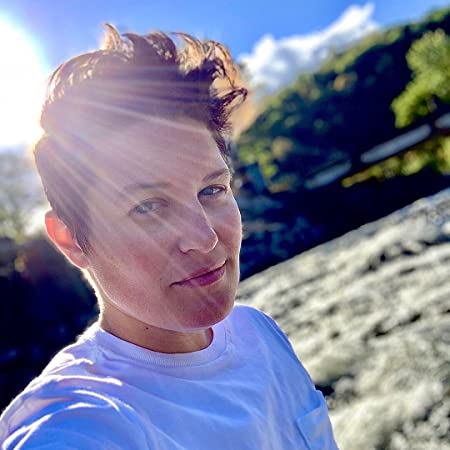
by Michele Kirichanskaya | Jun 6, 2022 | Blog
Cory McCarthy (he/they) is the author of numerous books for young readers. They live with their family in Vermont, where they teach writing at Vermont College of Fine Arts. I had the opportunity to interview Cory, which you can read below. First of all, welcome to...






